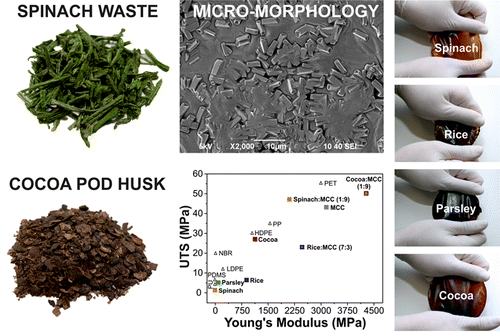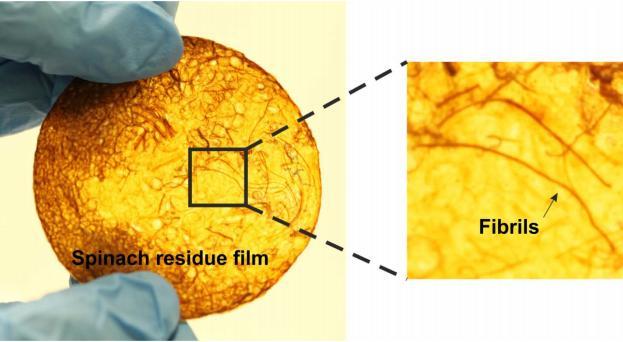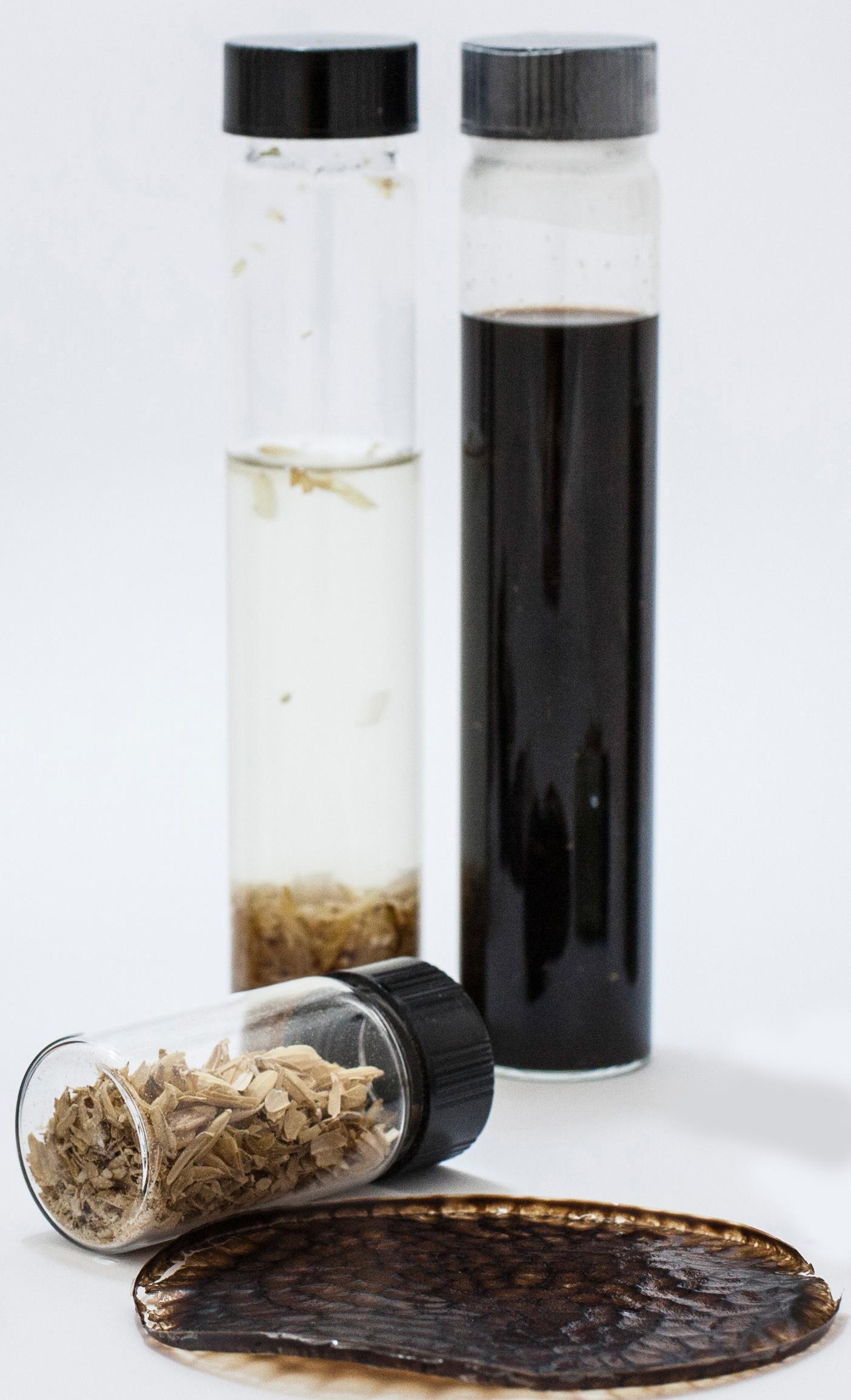 One of the top goals that material science strives to achieve, is that of the biodegradability of commonly used materials. The planet can only hold so much waste before ecosystems, water supplies, and its atmosphere begins to see horrific damage. For those of you who have a 3D printer, you know how much plastic waste you end up creating. While some of this waste is infact biodegradable, if you use Polylactic acid (PLA) for printing, other materials used are not.
One of the top goals that material science strives to achieve, is that of the biodegradability of commonly used materials. The planet can only hold so much waste before ecosystems, water supplies, and its atmosphere begins to see horrific damage. For those of you who have a 3D printer, you know how much plastic waste you end up creating. While some of this waste is infact biodegradable, if you use Polylactic acid (PLA) for printing, other materials used are not.
Polylactic acid is derived from renewable resources such as tapioca, sugarcane and corn starch. While it is biodegradable, many recycling plants also recyle it by breaking it down to monomer through processes known as thermal depolymerization or hydrolysis. This monomer can then be used to create new PLA, with properties that are identical to the original. Unfortunately though, PLA isn’t the only material used when producing plastics. Even within the consumer level 3D printing space, many people prefer ABS over PLA due to its strength, flexibility and high temperature resistance.
So what happens in a decade from now, when 3D printers become more prevalent, and the technology is used to create more parts with a greater selection of plastic materials to choose from? Will the world’s plastic waste problem only get worse? Without a doubt, this will be the case unless someone, somewhere, can come up with a method for creating a greater diversity of biodegradable materials.
There may be a solution! Researchers at the Italian Institute of Technology, Ilker S. Bayer, Susana Guzman-Puyol, José Alejandro Heredia-Guerrero, Luca Ceseracciu, Francesca Pignatelli, Roberta Ruffilli, Roberto Cingolani, and Athanassia Athanassiou have come up with a way of transforming edible vegetable waste into bioplastic. Their findings, which appear in the ACS journal, Macromolecules, provide details on the process of creating bioplastics by using waste from vegetables such as spinach, rice, parsley, and cocoa, rather than the traditional methods of using petroleum, which can be very harmful to the environment.

Film from non-dissolvable portion of plant waste solutions (spinach) after 10 days. (Credit: A. Abrusci – Istituto Italiano di Tecnologia )
In 2012 alone, plastic production reached 288 millions tons worldwide; the majority of which are toxic to the environment, and take centuries, or even thousands of years to completely break down.
By using an organic, naturally occurring acid (TFA), the researchers were able to process cellulose, which is the main building block of plants. They mixed this TFA acid with vegetables such as spinach, rice, etc., and then poured this mixture into pretri dishes. They discovered that after some time, films had formed, which featured a varying amount of physical traits. Some were brittle and rigid, while others were soft and stretchable. Most interesting though, was that they were very similar to commercially available plastics.
Waste husks from rice (in the small vial) can be transformed into bioplastic.
(Credit: A. Abrusci – Istituto Italiano di Tecnologia)“This opens up possibilities for replacing some of the non-degrading polymers with the present bioplastics obtained from agro-waste,” the researchers wrote.
With the increasing use of 3D printing, both on a consumer level and industrial level, the potential for more product waste will only grow larger. Even though 3D printing reduces waste that is seen in typical manufacturing, these products that are created with the technology ultimately will end up in a landfill. If researchers can find a way to derive plastics from renewable resources such as vegetables, and then implement them into 3D printing processes such as selective laser sintering or fused deposition modeling, the future may not be all doom and gloom after all.
What do you think? Will we one day have a greater variety of 3D printing materials to choose from which are completely biodegradable? Discuss in the Vegetable derived plastic forum thread on 3DPB.com.
[Source: ACS Publications]Subscribe to Our Email Newsletter
Stay up-to-date on all the latest news from the 3D printing industry and receive information and offers from third party vendors.
You May Also Like
Gorilla Sports GE’s First 3D Printed Titanium Cast
How do you help a gorilla with a broken arm? Sounds like the start of a bad joke a zookeeper might tell, but it’s an actual dilemma recently faced by...
Nylon 3D Printed Parts Made More Functional with Coatings & Colors
Parts 3D printed from polyamide (PA, Nylon) 12 using powder bed fusion (PBF) are a mainstay in the additive manufacturing (AM) industry. While post-finishing processes have improved the porosity of...
$25M to Back Sintavia’s Largest Expansion of Metal 3D Printing Capacity Since 2019
Sintavia, the digital manufacturing company specializing in mission-critical parts for strategic sectors, announced a $25 million investment to increase its production capacity, the largest expansion to its operations since 2019....
Velo3D Initiates Public Offering in a Bid to Strengthen Financial Foundations and Drive Future Growth
Velo3D (NYSE: VLD) has been among a number of publicly traded 3D printing firms that have attempted to weather the current macroeconomic climate. After posting a challenging financial report for 2023,...
































